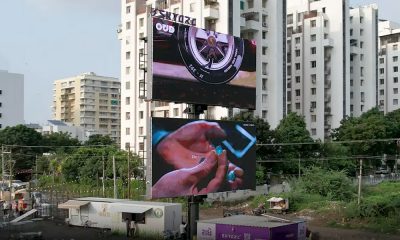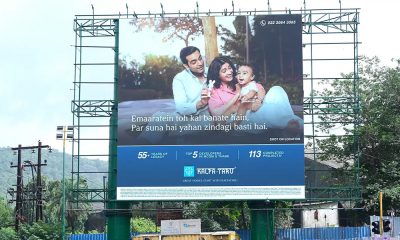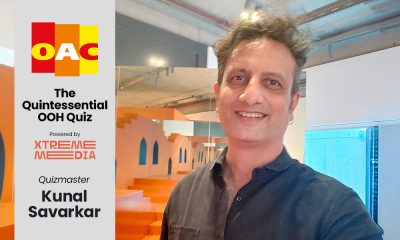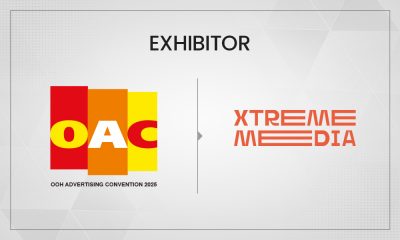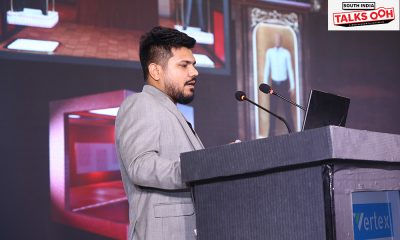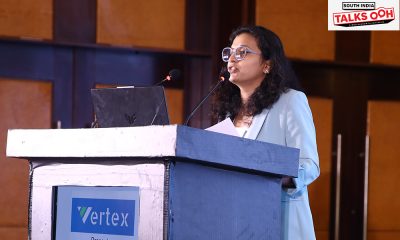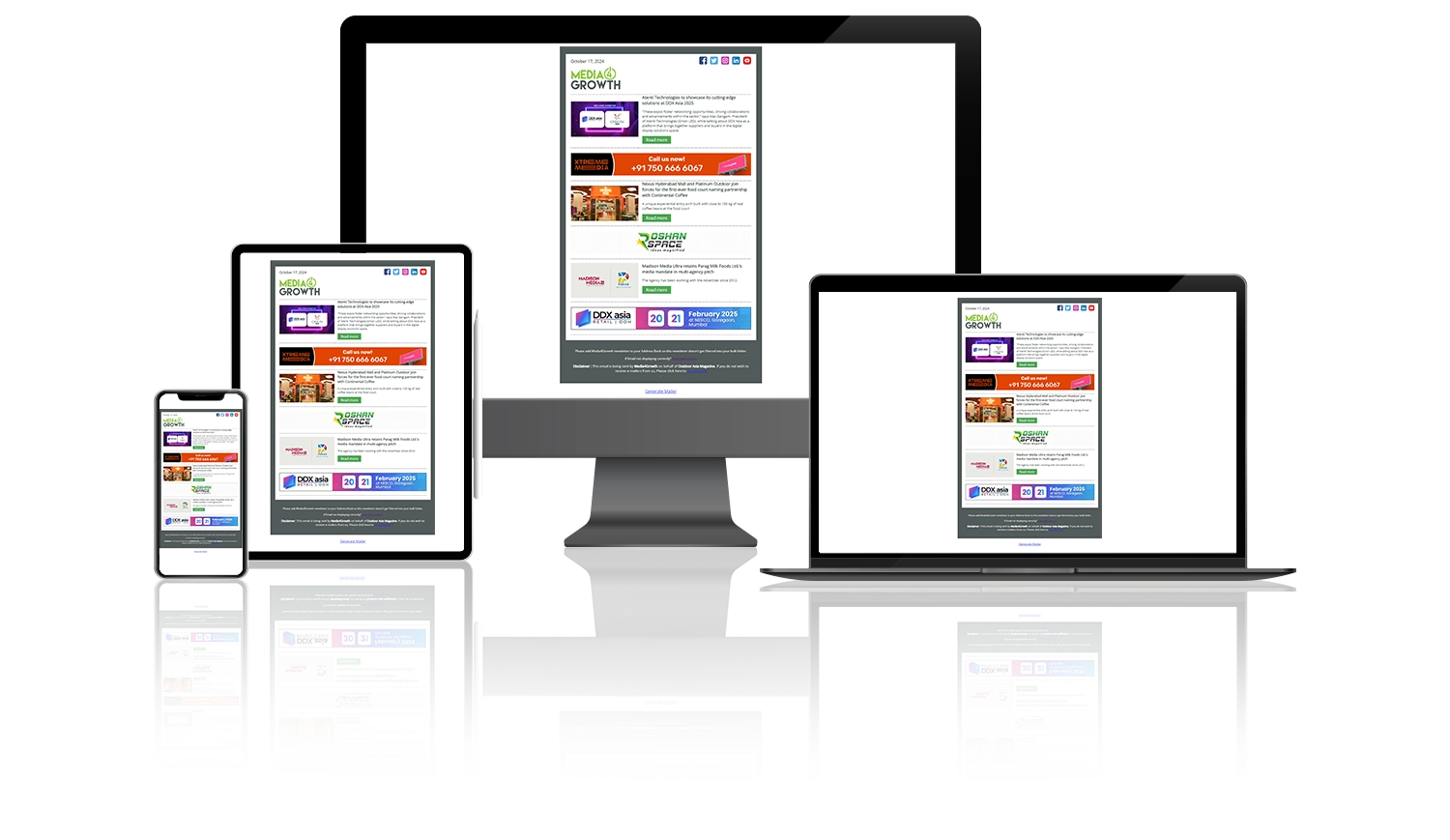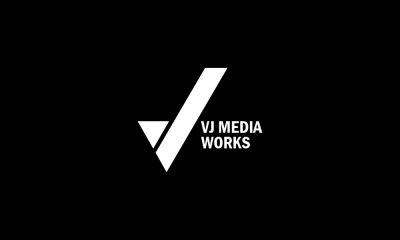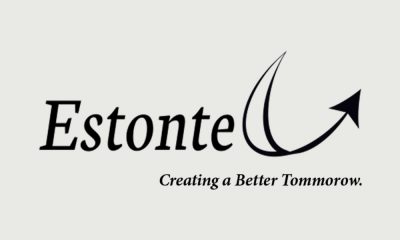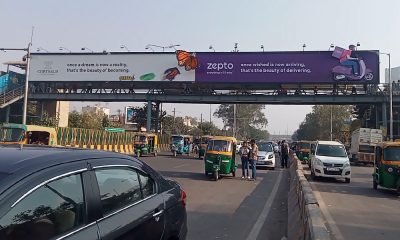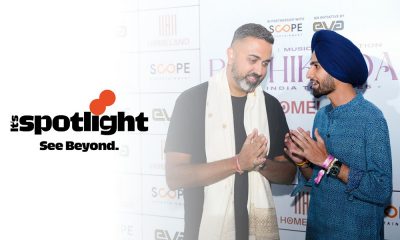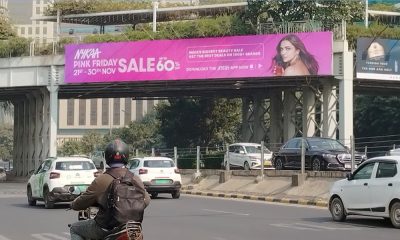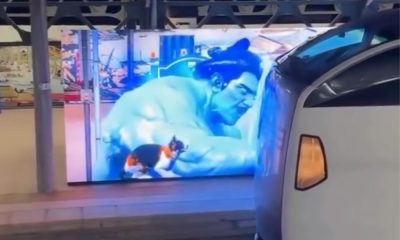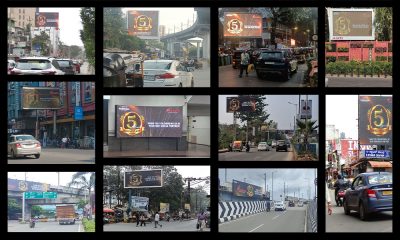Talks OOH
‘Buy a screen because it’s the right fit for your site, your goals, and your future’- says Sanket Rambhia at SITOOH
At South India Talks OOH 2025, Sanket Rambhia, MD of Xtreme Media, shared key insights on smart DOOH screen procurement, busting common myths and offering practical tips from his industry experience.
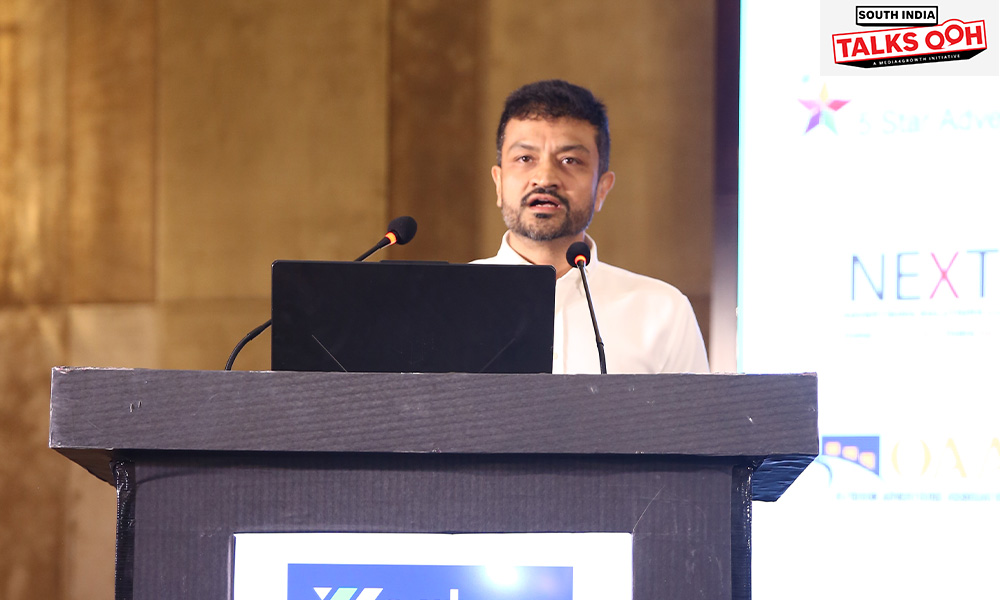
At the third edition of South India Talks OOH, Sanket Rambhia, Managing Director of Xtreme Media, broke down the key considerations brands and media owners must keep in mind when procuring digital out-of-home (DOOH) screens, addressing common misconceptions and sharing practical insights built over years in the industry.
Sanket Rambhia, MD, Xtreme Media began his session by challenging a major myth in the DOOH world, that all LED displays with the same pixel pitch are equal. “Just because two displays are labeled P6 or P4 doesn’t mean they perform the same,” he pointed out. It’s not just the pixel pitch that determines quality or price; it’s the design, materials, and long-term performance.
He explained that while many gravitate toward smaller pixel pitches thinking it guarantees better visuals, they often overlook how it impacts brightness and heat. As the lamps come closer together in lower pitch displays, the heat increases and brightness tends to drop unless higher quality components are used. “If you’re only looking at pixel pitch, you’re missing the bigger picture,” Sanket warned.
Sanket emphasized the importance of starting with high brightness levels, around 7000 nits or more, since LED brightness decays over time. A screen that starts with 5000 nits might look great on day one but could become barely visible in direct sunlight within a couple of years, especially in the Indian climate.
He also walked the audience through how location, orientation, and usage impact the screen choice. South-facing screens, for instance, deal with harsh sunlight most of the year, requiring superior heat handling and brightness. Meanwhile, eye-level screens placed under shade benefit more from finer resolution than higher brightness.
Sanket introduced the idea of “nits per watt” as a key efficiency metric buyers should ask for essentially how much brightness a screen delivers per unit of power. The higher this number, the more efficient and cost-effective the display will be in the long run. He pointed out that few suppliers offer this information upfront, but it’s crucial for calculating operational costs.
He also clarified the difference between public design and private design displays. Public design may seem appealing because of its flexibility with parts, but often sacrifices durability and consistency. Private design, while slightly more expensive, offers better control over performance and lifespan.
Sanket closed his session by showcasing real-life installations done by Xtreme Media, where each screen was selected for its specific location and usage needs whether facing the sun all day, mounted in a high-traffic zone, or needing to last over a decade. “Don’t buy a screen just because it’s cheaper or newer,” he advised. “Buy it because it’s the right fit for your site, your goals, and your future.”
-

 Creative Concepts
Creative ConceptsNMACC’s snowfall billboard promotes The Nutcracker on Ice
-

 Creative Concepts
Creative ConceptsDisney’s Percy Jackson season 2 makes splash with 4D billboard activation
-

 Markets in Focus
Markets in FocusPwC forecasts India’s OOH revenue to near $800M, powered by DOOH and measurement
-
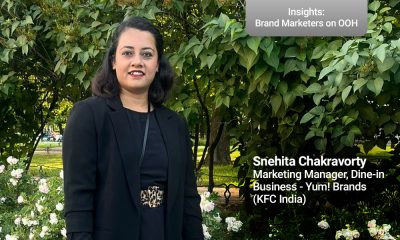
 Brand Insights
Brand Insights‘For bold product stories, OOH is still the most powerful launchpad’
